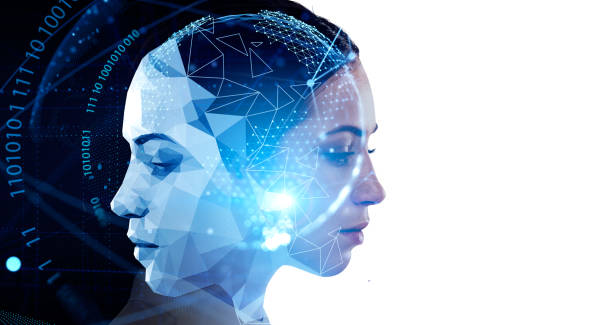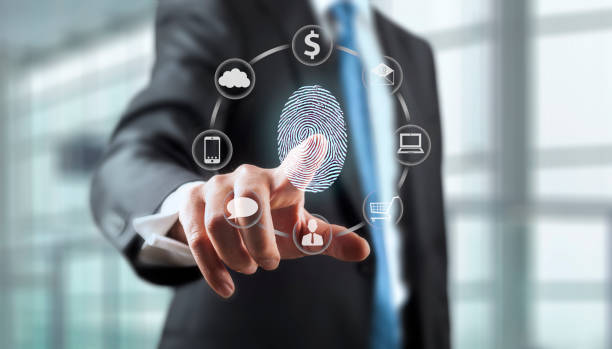Biased AI Problems and Future Solutions

Many businesses and organizations are continually embracing artificial intelligence, AI, in their operations. Notably, there is an estimate of an increasing number adopting this technology in the coming years. The current predictions point to AI having the potential to immensely contribute to the global economy in the coming decade. Unfortunately, as much as artificial intelligence software is a solution to many data-related issues in organizations, it has its share of problems. One of the major concerns is AI bias. What exactly is it and what are some of the AI-biased problems? Are there future solutions to remedy the situation? Read on to find out.
What is AI Bias?
Artificial intelligence, AI, is a technology that utilizes machine learning to analyze available data and then produce a model. With the model, sets of data can be fed and in turn, be used in making future predictions. For example, AI can help predict the sale price of a house in 5 years based on the available current data in the model.
As much as there are so many opportunities for using AI in organizations, the industry is faced with bias. AI bias is a situation where technology makes systematically unfair or unjust decisions for specific groups of individuals. Therefore, the predictions and results are not equitable. This happens because human beings (data scientists and machine learning engineers), who may at times be biased, are responsible for the data that runs in the algorithms and their results. Such bias will then unconsciously invade the machine-learning model. In turn, the AI automation process will be biased.
Therefore, for a better AI, all parties involved; from the innovators, the creators, and implementers to the end consumers must put in their efforts.
Biased AI Problems
Unfortunately, the bias in AI is widely spreading. So, what are some examples of biased AI problems? They include;
Read: Technology: Understanding AI in Banking
Misidentification of People of Colour
This is one of the biases of AI. It is evident in the facial recognition feature which often misidentifies people of color. The impact of this misidentification can be so adverse. For instance, the use of facial recognition technology to identify criminals and lawbreakers may lead to wrong arrests of people of color. This is because the data presented at the time of training were for white individuals.

Historical Bias
There may be bias in historical data presented in the AI systems. For instance, a system of applications that was trained years ago using data and resumes for male applicants may be biased against women years later.
Data Inaccuracy
Machine learning entirely relies on the data used in its training to offer predictions and results. Therefore, any missteps, misrepresentations, and biases in the historic data breed biased results, behavior, and predictions for consumers. So, if the AI creators were biased in the data they used, and no one checked, the predictions, in the end, will also be biased, and the company or organization may have negative impacts. If not detected early, the problem may keep worsening as it gets carried on.
Evaluation Bias
Even with accurate data, biased AI problems may still arise. This can happen during the evaluation of the bias. At this point, there are benchmarks against which the models are tested. So, if the purpose of the model is not in line with the benchmark used, there could be bias.
How to Make Future Solutions
Organizations and companies are greatly impacted by biased AI since they risk having a bad reputation in such cases. Alternatively, they can lose their revenue or may face costly penalties. What’s more, in the world of social media, it won’t be surprising for such an organization to get harsh feedback on its platforms and handles.
Read: Cryptocurrency Market; AI Use in Bitcoin Trading
Therefore, as a company, business, or organization, you would undoubtedly want to have unbiased AI. You can incorporate this just and fair approach in your processes, products, and services or decision-making. How can you achieve this? The following tips are helpful for a better and non-biased AI in the future;
Education
Organizations should ensure their data scientists know and understand responsible AI and what constitutes biased AI. Nonetheless, you can educate them on how they can incorporate the value of the organization into the model.
Transparency
At times, biased AI problems are greatly perpetuated because individuals are kept in the dark about the happenings in the algorithms. All they are exposed to is the output, never the internal proceedings of the system. Therefore, as a solution, organizations can ensure their teams are transparent with the clients, helping them know how the whole system operates in matters of predictions and assisting them in decision-making.
So, as a company or organization, look for the best method to employ in explaining to your customers about AI, how it works, the technologies involved in making the predictions as well as the probable impacts.
Read: AI Law: Compliant Truths on Artificial Intelligence
Checking the Historical Data Regularly
If the data present in the system is already biased, the results and predictions it will project will also be biased. Therefore, organizations should always check the data that is fed into the system. Any bias in the algorithms may make a company or business miss out on potential customers and consumers.
Have Forums and Sessions With Customers
At times, unfair or unjust treatment may happen unintentionally. Unfortunately, if the victim does not speak out, it may not be known, and thus not addressed. Therefore, as a company or organization aiming towards offering solutions to biased AI problems, why not have a forum or platform where customers can express their grievances?

This way, both parties can discuss the AI bias problems or any other instances of unfair treatment. The process is important for the progress of the company or organizations and explorations of other numerous possibilities of AI.
A Move Toward Regulation
Over the years, not so many governments had been setting rules and regulations on Ai to help remove bias. However, in recent times, the narrative is different. As much as the regulation is limited, the growth is worth noting. Lawmakers have now offered guidance to help mitigate biased AI problems. The move is towards a more ethical and compliant approach toward AI. As we look forward to more governments and lawmakers embracing AI regulation, we can expect more automated processes. Remember to create an equitable and responsible AI to help get rid of the bias.
Related Articles you Might be Interested in:
How to Ensure your Business is Tax Complaint
6 Compliance Documentation that Every Business Needs.




